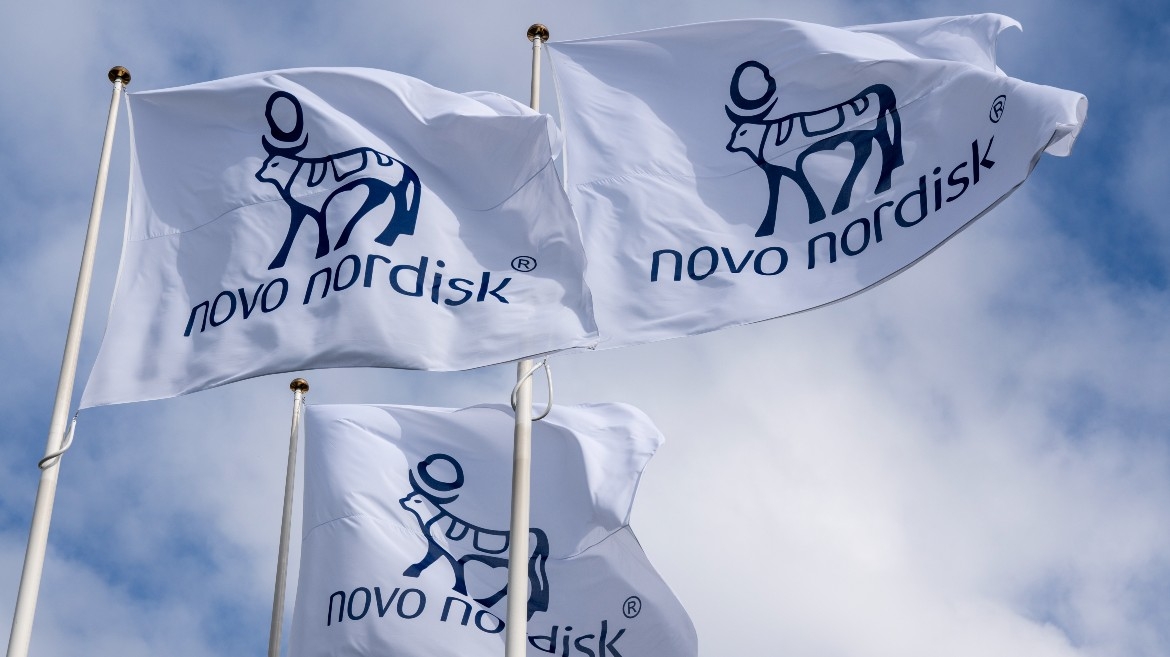icleID=51506&categoryID=14">Part III
addresses recent reforms to the ISA regime and whether or not they hit the mark; and Part IV discusses the future of ISAs.How Much Can I Invest in My ISA? Maxi or Mini?
For this tax year, i.e. 6th April 2007 to 5th April 2008, the ISA limits are the same as for previous years, i.e.:
- Maxi ISA: £7000 of which up to £3000 can be in Cash with the balance in stocks and shares (which includes equities, fixed-interest securities, funds and certain life assurance products)
- Mini ISA: £3000 in Cash, and £4000 in Stocks and Shares (defined as above)
You can only take out one Maxi ISA or two (one Cash and one Stock-market) Mini ISAs for the tax year (so you can’t mix Maxi and Mini for the same year!)
So what’s the better option? Basically it depends on whether or not you intend to utilise the Cash entitlement, and the amount you wish to invest in stocks and shares. If you intend to use the Cash entitlement, then it’s generally a good idea to take out Mini ISAs so that you can choose a suitable company for each element – remember, an investment company with the best interest rates and terms for the cash element may not always offer a competitive product for the Stock-market element. However, if you’re only interested in Stock-market investment and if there’s any prospect that you will be looking to invest more than £4000 over the tax year, then only the Maxi ISA will enable you to invest up to the full £7000 in Stock-market areas.
Confused? Well there is some good news. The Government has recently announced that, from April 2008, not only will the investment limits be increased to a total of £7200, with up to £3600 in cash, but also the Maxi and Mini distinctions will be removed. Also, any monies held in PEPs will automatically become ISAs with no change in the tax status and it will be possible for the first time to switch monies invested in a Cash ISA to a stock-market ISA.
So, the rules will be simpler, and more flexible and the limits will be increased, albeit only marginally.
What Can I Invest in for My ISA?
The Cash element will comprise an interest bearing account with an authorised ISA provider, which includes just about all of the major banks and building societies in the UK. We do suggest that you shop around as interest rates and terms and conditions can and do vary tremendously.
The Stock-market element can encompass a wide range of investment options, from individual shares to collective funds (unit trusts, OEICs and investment trusts) ranging from very high risk specialist equity funds through balanced funds investing in a broad spread of equities and bonds to lower risk fixed interest funds investing in Government loans (Gilts) or company loans (Corporate Bonds). For the experienced investor, Self-select ISAs, where you can choose the shares or securities that make up your ISA, are available from many sources. We can’t overstate the benefits of getting professional, fee-based advice on choosing any Stock-market investment so that you can be sure that it really meets your needs and is suitable given your attitude to risk.
Stakeholder ISAs (formerly CAT Standard) are designed to meet certain Government standards. Basically, they are low-cost, risk controlled products and are widely available.
What Are the Tax Benefits of an ISA?
An ISA investment provides a “shelter” against personal Income or Capital Gains Tax on interest and /or dividends.
For many of us, struggling with our Self Assessment Tax Return each year, it’s almost good enough justification to know that you don’t even need to enter your ISAs on the Return!
However, there is one important point to note:
Advanced Corporation Tax, which allowed the manager of a tax exempt investment to reclaim the tax credit on share dividends, was abolished in 1999. Up to 2004, by concession, a Stock-market ISA manager was allowed to reclaim a lower tax credit of 10% of the “grossed up” dividend. Since then, this concession has disappeared. So, whenever the income on a Stock-market ISA is expressed as a net dividend there is no opportunity to “reclaim” tax even though the ISA is technically a tax exempt investment.
This means that, for a basic rate taxpayer, there is, effectively no income tax benefit from a Stock-market ISA unless the fund invests predominantly in fixed interest securities in which case the income element will is paid as interest and the manager can still reclaim tax deducted.
However, for an investor who is, or is likely to be, a higher rate taxpayer, maximising ISA investment is a “no-brainer” as it shelters all income returns against marginal rate liability (i.e. an additional 22.5% liability on the “grossed up” dividend and 20% on “grossed up” interest).
Also, investment in an ISA where the underlying investments are predominantly company shares provides an effective shelter against future capital gains tax. Even though CGT is perceived by many to be an avoidable tax, sheltering funds against potential future liability at this stage mitigates against falling foul, not only of current rules, where currently the first £9200 of taxable gains in any tax year is exempt, but also against potentially more prescriptive rules which might be introduced by a future Government.
So, for many basic-rate tax payers, the real benefit of investing in a Stock-market ISA as opposed to the same fund or funds outside the wrapper lies in the “what might be” rather than the “what is”; who knows what future tax regimes might visit on the unsuspecting investor?























